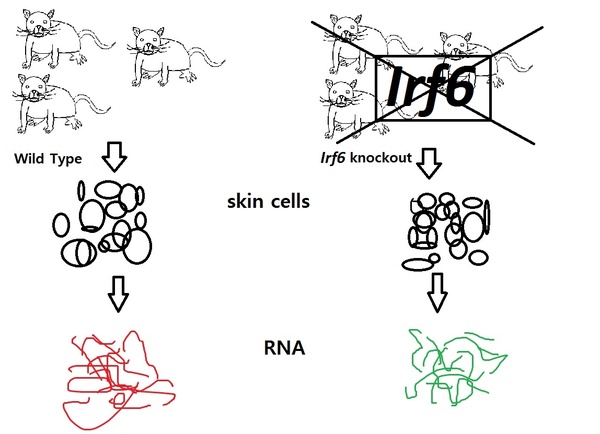Activated NF-κB Pathway in an Irf6-Deficient Mouse Model for Van der Woude Syndrome
(1) Pioneer High School, Ann Arbor, Michigan, (2) Huron High School, Ann Arbor, Michigan, (3) miRcore, Ann Arbor, Michigan
https://doi.org/10.59720/15-029
Van der Woude syndrome is the fourth most common birth defect in the United States and a major cause of morbidity in countries where corrective surgery is not readily available. This syndrome, generally expressed in the form of cleft lip and palate, is caused by mutations in the Irf6 gene. The goal of this research is to identify gene networks or pathways that are differentially regulated due to the Irf6 mutation. To achieve this goal, we analyzed microarray-based gene expression data from Irf6-deficient and wild-type mice from the Gene Expression Omnibus database to obtain a systems- level view of the genes involved in Van der Woude syndrome. Because the NF-κB pathway contains gene- gene interactions with multiple other genes from the Irf family, our results suggest that it has gene interactions with Irf6 as well. Since the up-regulated genes in Irf6- deficient mice were related to the NF-κB pathway, they may function as compensatory for Irf6.
This article has been tagged with: